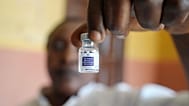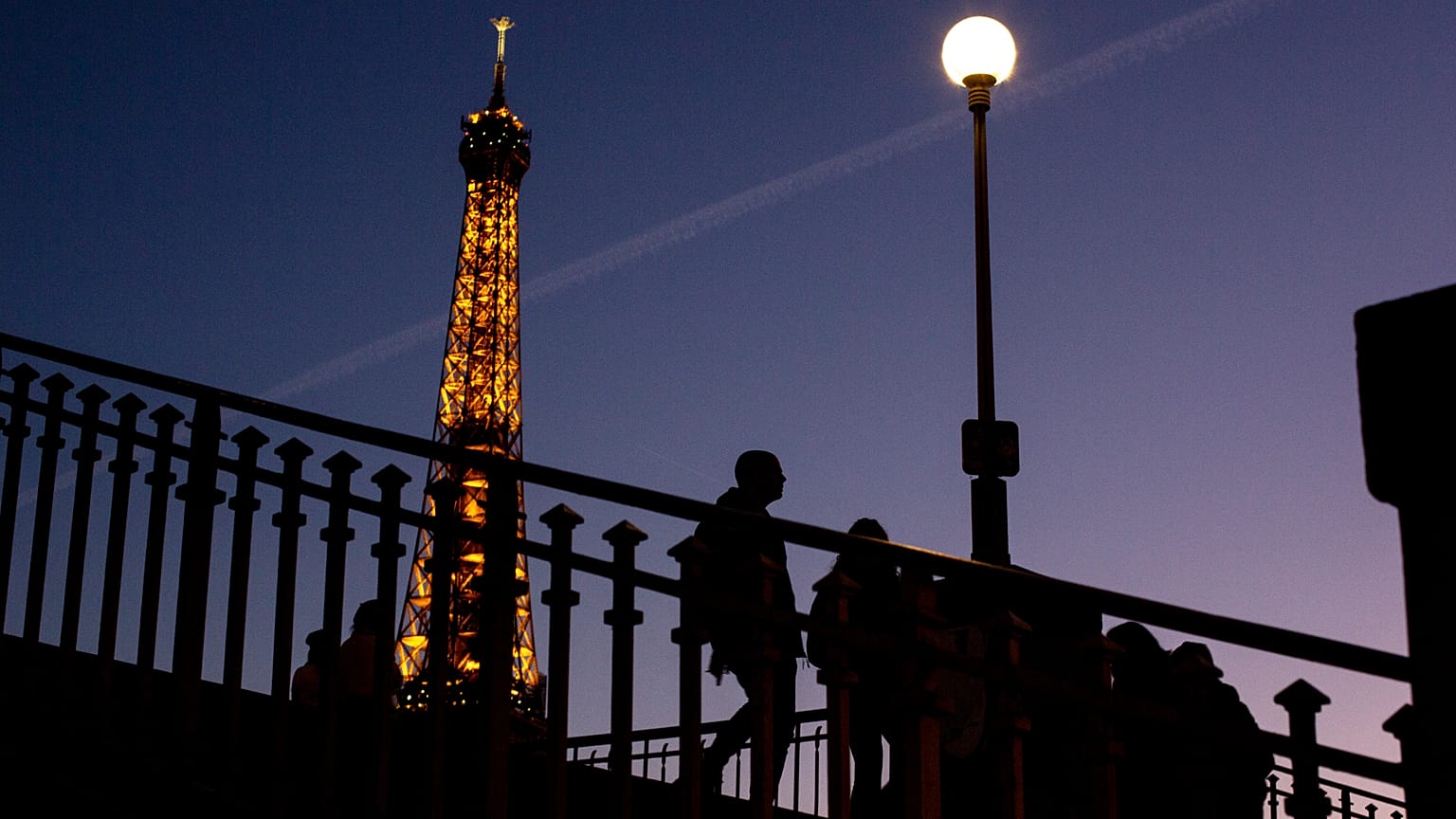A new study analyses the effect of artificial light on ecosystems
Light pollution is on the rise, increasing by around 2 per cent every year. And artificial light can disrupt the lives of countless creatures, causing migrating birds to lose their way, nocturnal animals to struggle with reproduction and even shift human sleeping patterns and circadian rhythms.
A new study, however, has taken a novel look at another process affected by light pollution - the carbon output of ecosystems. It suggests that the glow of our cities and towns could subtly be altering the natural balance of carbon cycling.
How artificial light reshapes ecosystems
The study, published in Nature Climate Change, is the first to demonstrate how artificial light reshapes the carbon balance of ecosystems.
It focused on 86 sites in North America and Europe, using satellites and carbon flux monitoring to assess the ecosystems. These two continents are the largest with significant light pollution.
Researchers found that artificial pollution at night increased ecosystem respiration: plants, microbes, and animals released more carbon dioxide. However, there was no corresponding increase in photosynthesis, the plant process that removes it from the atmosphere.
As the authors write, the findings show that ALAN disrupts “fundamental energetic constraints on ecosystem metabolism.”
“This is a widespread issue that’s changing how ecosystems function, disrupting energy flows, animal behaviour, habitats and natural patterns,” said Dr Alice Johnston, Senior Lecturer in Environmental Data Science at Cranfield University, who led the research.
“Put simply, brighter nights lead to greater carbon release, which is bad news for our planet.”
What can be done?
Light pollution can easily be reversed.
“Unlike climate change, we could reduce light pollution almost overnight with better lighting design,” said Johnston. “Adopting dimmable, directional, and spectrally sensitive lighting technologies is an immediate and achievable improvement.”
Lighting also accounts for more than 15 per cent of global electricity use. Reducing light pollution could help bring down the climate impact of the sector.
“Tackling light pollution represents a rare win–win–win for the environment, energy efficiency, and wellbeing,” Johnston added.
The authors also stress that light pollution should be included in climate models and global change assessments.
“Around a quarter of Earth’s land surface now experiences some level of artificial illumination at night,” said Jim Harris, Professor of Environmental Technology and co-author of the study.
“Our findings suggest that this growing footprint could subtly but significantly shift the global carbon balance if left unaddressed.”
How is Europe fighting light pollution?
There is no widespread, uniform regulation on light pollution. Some countries have national laws which limit it, such as France, Croatia, Slovenia and the Czech Republic. Cities and certain regions also have standards. Some countries, like Austria and Ireland, have non-binding guidelines rather than enforceable legislation.
Throughout the continent and beyond, the “International Dark Sky Places” programme recognises locations across the world that preserve and protect dark sites. Currently, there are 24 of these reserves specifically protected from light pollution, a majority of which are located in Europe. These include Cévennes National Park in France, Cranborne Chase National Landscape in England, and Rhön Biosphere Reserve in Germany.
Amsterdam’s Artis Zoo was also recently classified as an Urban Night Sky Place, the first zoo in the world to earn DarkSky certification.















